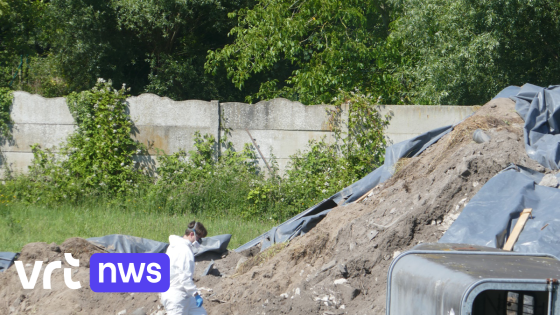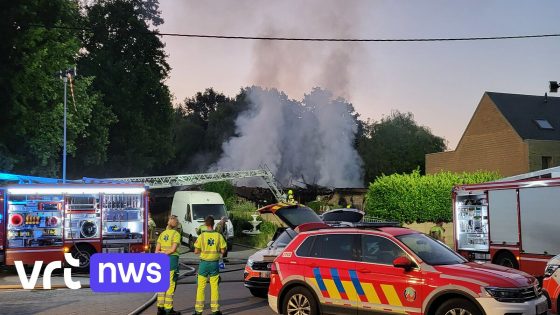Assebroek residents recently discovered that asbestos-containing waste was dumped on the grounds of a closed petrol station. The discovery came after local neighbours raised concerns, prompting a sample analysis that confirmed hazardous materials had been left behind.
- Asbesthoudend afval gestort op tankstationterrein
- Buurt slaat alarm na staalanalyse
- Aannemers lieten bouwafval achter in april
- Containerbedrijf dumpt sloopafval in mei
- Buurt stapt naar de rechter
- Stad Brugge meldt geen acute risico's
The illegal dumping occurred in April and May 2025, involving construction and demolition waste from different contractors. On 2025-07-06 22:46:00, the city of Bruges confirmed no immediate health risks, but the local community is taking legal action to address the issue.
How did this hazardous waste end up in a residential area? And what steps will authorities take to prevent similar incidents? The situation highlights growing worries about environmental safety in Belgian neighbourhoods.
Why is this incident significant for the community? Illegal dumping of asbestos poses long-term environmental and health concerns, even if immediate risks are low. The case raises questions about monitoring and enforcement of waste disposal laws in Belgium:
- Multiple contractors left hazardous waste within weeks of each other.
- The community’s quick response led to official testing and public awareness.
- Authorities confirmed no immediate danger but must ensure proper cleanup.
- Legal action may set a precedent for stricter controls on waste disposal.
Moving forward, stronger oversight and community engagement will be crucial to prevent hazardous waste dumping. Residents and officials alike must stay alert to protect public health and the environment in Assebroek and beyond.































